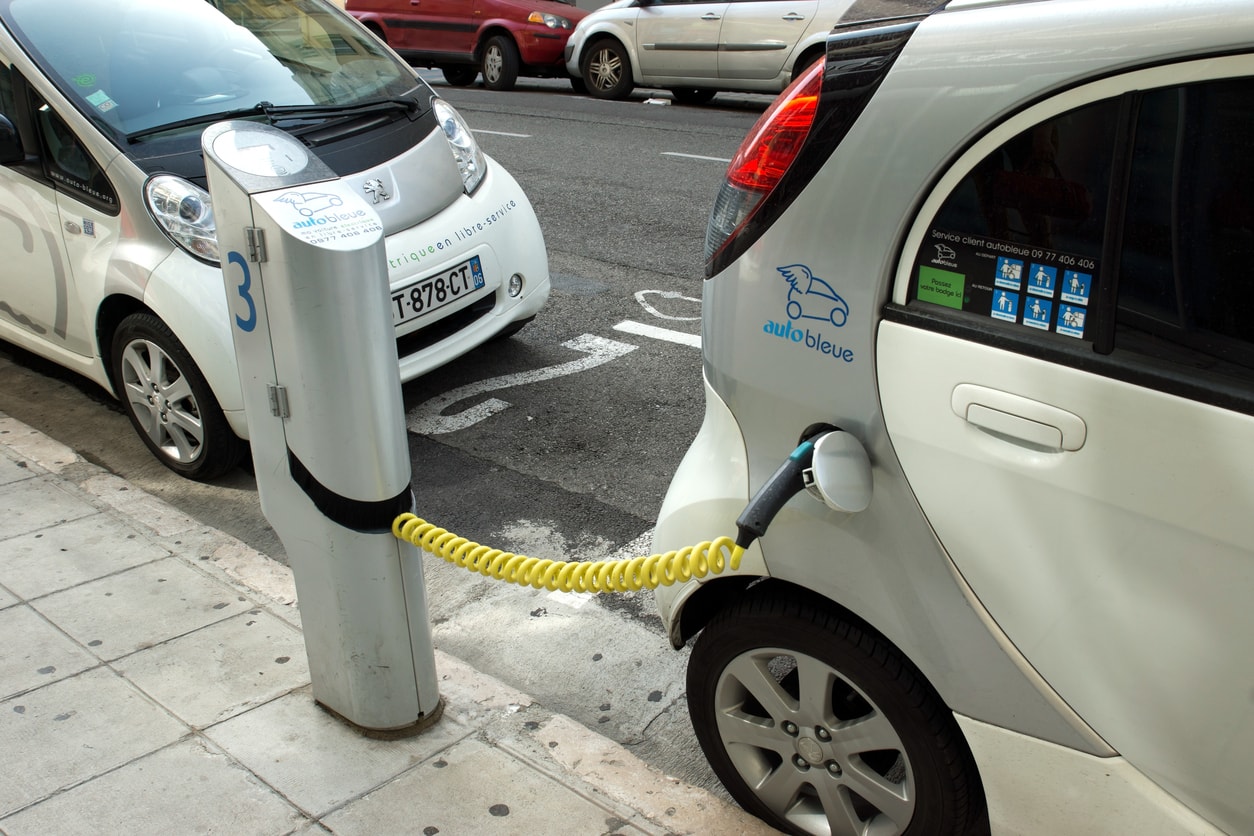range anxiety: the concern that the limited cruising distance of current electric cars — and the lack of a charging infrastructure — leaves drivers and passengers at risk of being stranded.
*** TROVELOG ***
The Bolt can travel nearly 240 miles on a single charge, according to General Motors. The company claims some drivers have traveled 300 miles with the same amount of battery power.
But according to driving tests conducted by The Washington Post, that number can easily drop 100 miles or more depending on road conditions, individual driving style and — perhaps most importantly — cold weather.
. . .
For most EV drivers, range anxiety is not an everyday concern, experts say. That’s because EV drivers do more than 80 percent of their charging at home, according to the U.S. Department of Energy. Assuming a driver’s daily commute is less than 200 miles, Bolt owners with access to a home charger are unlikely to experience frequent range anxiety.But traveling elsewhere — to a new city, for example — can require significant planning, as The Post’s test revealed over the course of two weeks driving the Bolt without access to a home charger in D.C.
See article at: Peter Holley, “GM claims the Chevy Bolt gets 238 miles per charge. Here’s why that’s misleading,” The Washington Post, April 16, 2018
◄TrovelogTrovelogTrovelogTrovelogTrovelogTrovelogTrovelog►
Low gasoline prices were one factor keeping a lid on demand for environmentally friendly vehicles, but the original Leaf had its own problems. Its range, even after updates, was only 107 miles on a full charge, making it ill-suited to road trips. The style touches also never really caught on, with The Wall Street Journal’s Dan Neil raising his eyebrows at “the biggest, most ridiculous headlamps since the invention of fire” and a rear end he compared to a “soused diaper.”
The new model is designed to address those issues. Although Nissan hasn’t released the improved range figures, it says the new Leaf will alleviate range anxiety in Europe and Japan, where commutes are shorter on average than in the U.S. Leaked photos of the model from the factory floor hint at more mass-market styling.
See article at: Sean McLain, “Nissan Hopes Drivers Will Turn to Its New Leaf,” The Wall Street Journal, September 3, 2017
◄TrovelogTrovelogTrovelogTrovelogTrovelogTrovelogTrovelog►
As long as the [Chevrolet Volt’s] battery has juice, the car acts like an electric vehicle. When the battery dies, the combustion engine takes over, and it becomes an old-fashioned gas-consuming car. Once you recharge the battery, electricity takes over again.
. . .
[The Volt’s] gas engine eliminates the dreaded “range anxiety” that prevents most people from embracing an electric vehicle.
. . .
Carlos Ghosn, the . . . chief executive of Nissan, . . . is said to believe that range anxiety is overblown, and that once people become accustomed to an electric car, 73 miles per charge won’t be an issue. Well, maybe in Europe and Japan, but most analysts I spoke to think he’s likely to get his head handed to him in America, and I tend to agree.
. . .
[Chris Paine’s scathing documentary about G.M.’s decision to kill the EV1 [G.M.’s original electric car], called “Who Killed the Electric Car?,” . . . blamed the failure on the automaker’s perfidy, but G.M. has always been convinced that the real culprit was range anxiety. “People just weren’t willing to make the compromises you had to make,” said Andrew Farah, the Volt’s chief engineer, “starting with the range.”See Op Ed at: Joe Nocera, “It This Our Future?,” The New York Times, June 26, 2011
◄TrovelogTrovelogTrovelogTrovelogTrovelogTrovelogTrovelog►
The [electric] carmakers are eager to make their first customers happy, so they are bending over backwards to help with the charging infrastructure and to allay “range anxiety” — the fear of running out of electricity and getting stranded, because all-electric cars cannot go as far as conventional ones. (This is not a big factor for the Volt, whose gasoline engine will kick in after the batteries are spent.)
. . .
Many cities, from Paris to Houston, are scrambling to install outlets that will allow people to charge (or, most likely, top off their charges) at places like Starbucks or shopping centers. But ultimately, analysts expect that most charging will be done at home, probably at night, with the public infrastructure providing a means to alleviate range anxiety.See article at: Kate Galbraith, “Plenty of Hype — and Questions — About Electric Cars,” The New York Times, October 31, 2010
◄TrovelogTrovelogTrovelogTrovelogTrovelogTrovelogTrovelog►
See related Trovelog posts: <>






